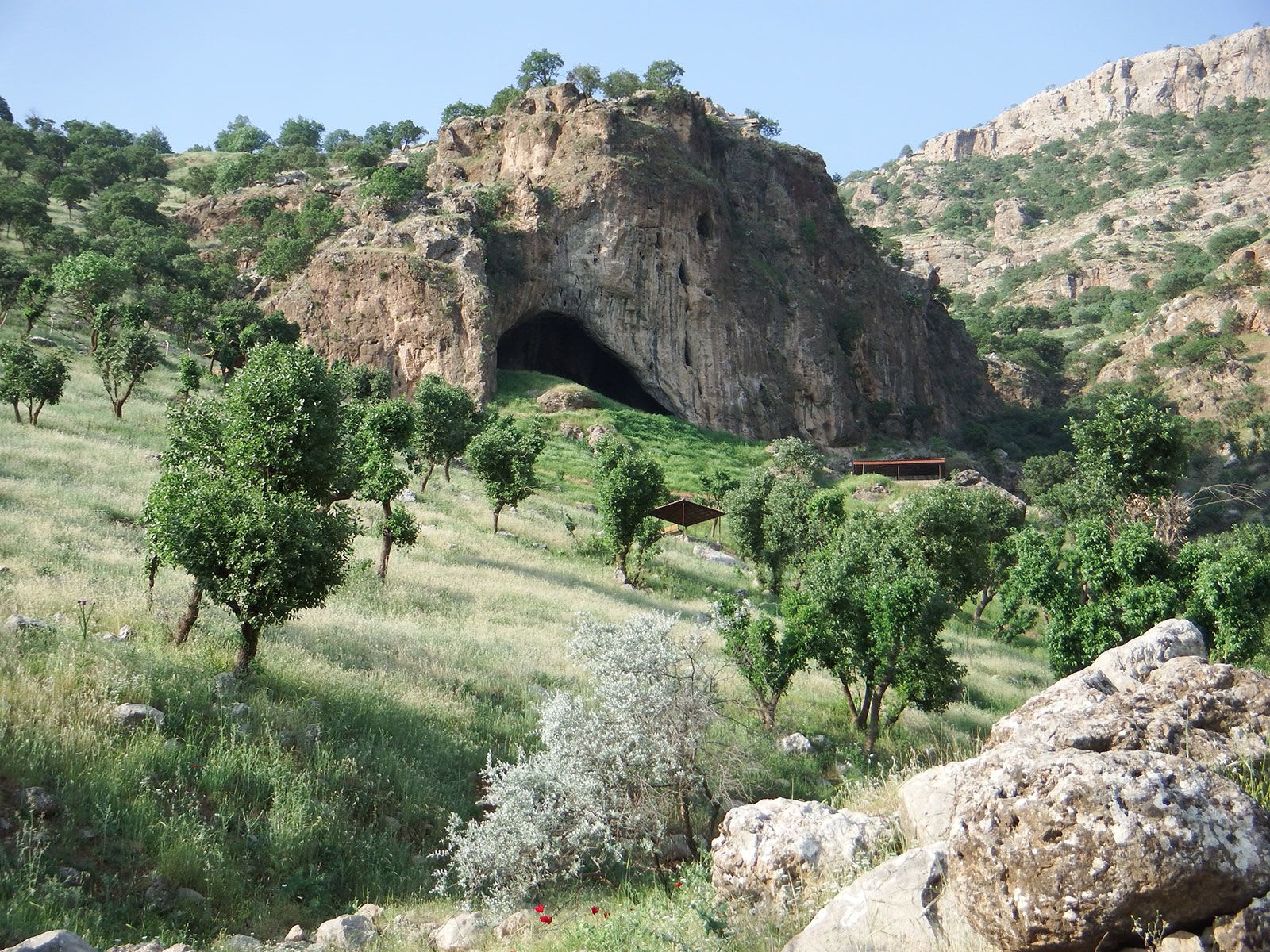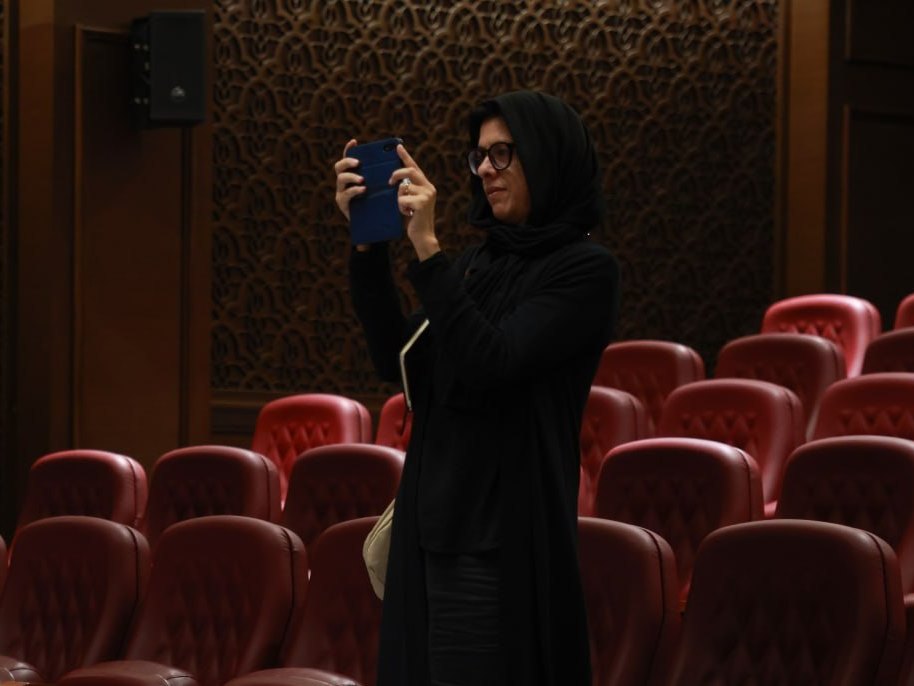British archeologists recreate face of 75,000-year-old Neanderthal in Iraq
In a remarkable archaeological revelation, a team of British archaeologists has unveiled the reconstructed face of a 75,000-year-old Neanderthal woman, whose skull was unearthed in the Shanidar Cave near Erbil, Iraq.
The skull, belonging to a 40-year-old Neanderthal woman, was discovered in 2018, buried beneath a towering vertical stone marker within the cavernous depths of Shanidar Cave.
While fragments of the Neanderthal's lower skeleton were initially unearthed in 1960 during pioneering excavations led by Ralph Sulkey, an American archaeologist, it wasn't until recent years that the complete skull was unearthed.
However, due to political instability in the region, nearly five decades elapsed before a team from the universities of Cambridge and Liverpool John Moores could return to the cave for further exploration and analysis.
Described as the most significant Neanderthal discovery of the century, the Shanidar skull offers invaluable insights into the physical characteristics and lifestyle of our ancient ancestors.
“The skulls of Neanderthals and humans look very different,” said Dr. Emma Pomeroy, a palaeo-anthropologist from Cambridge’s Department of Archaeology.
Neanderthals are thought to have died out around 40,000 years ago, and the discoveries of new remains are few and far between.





